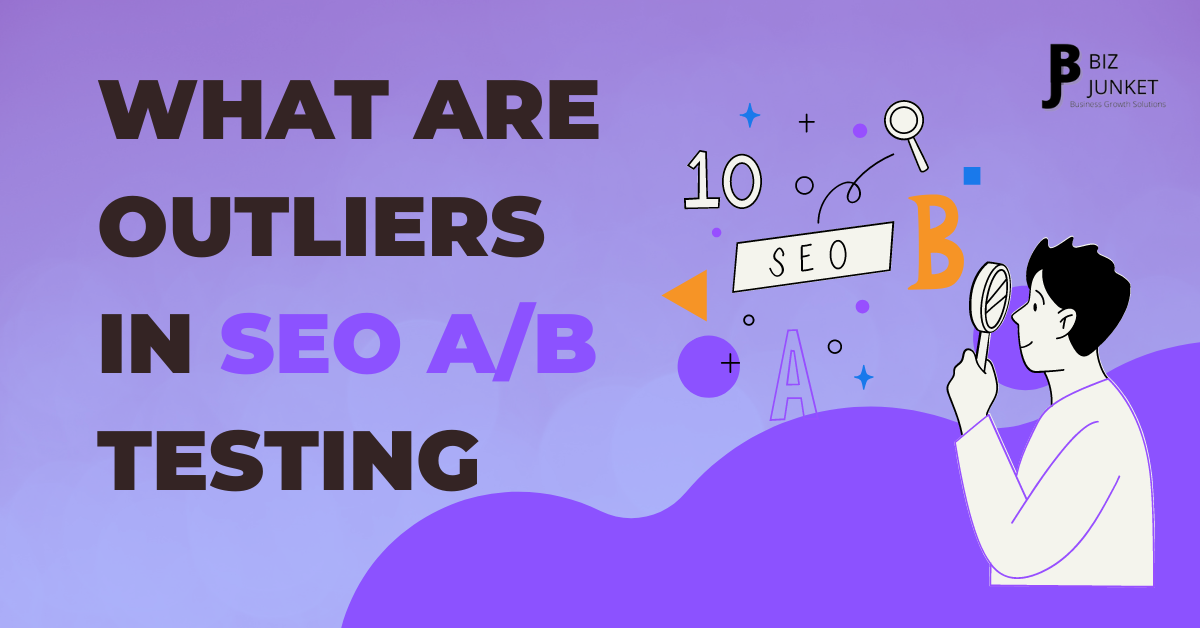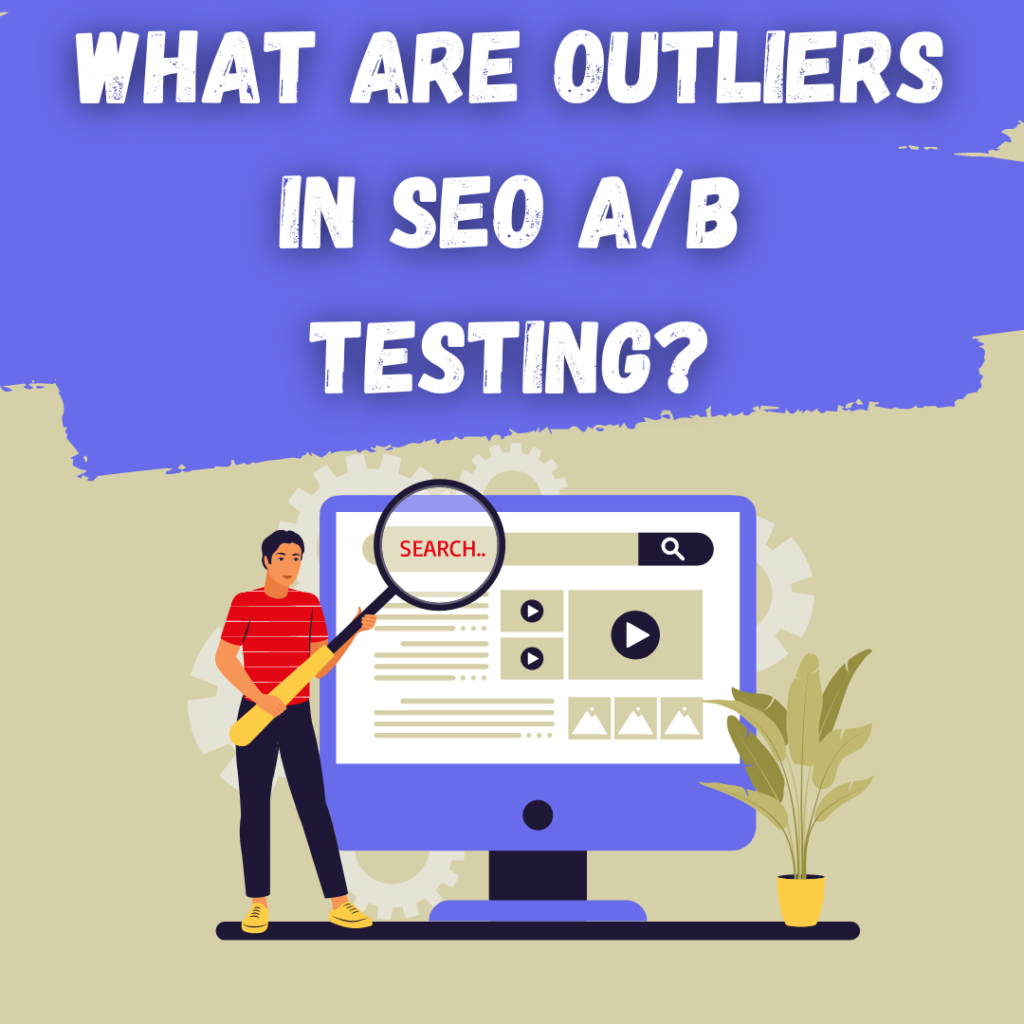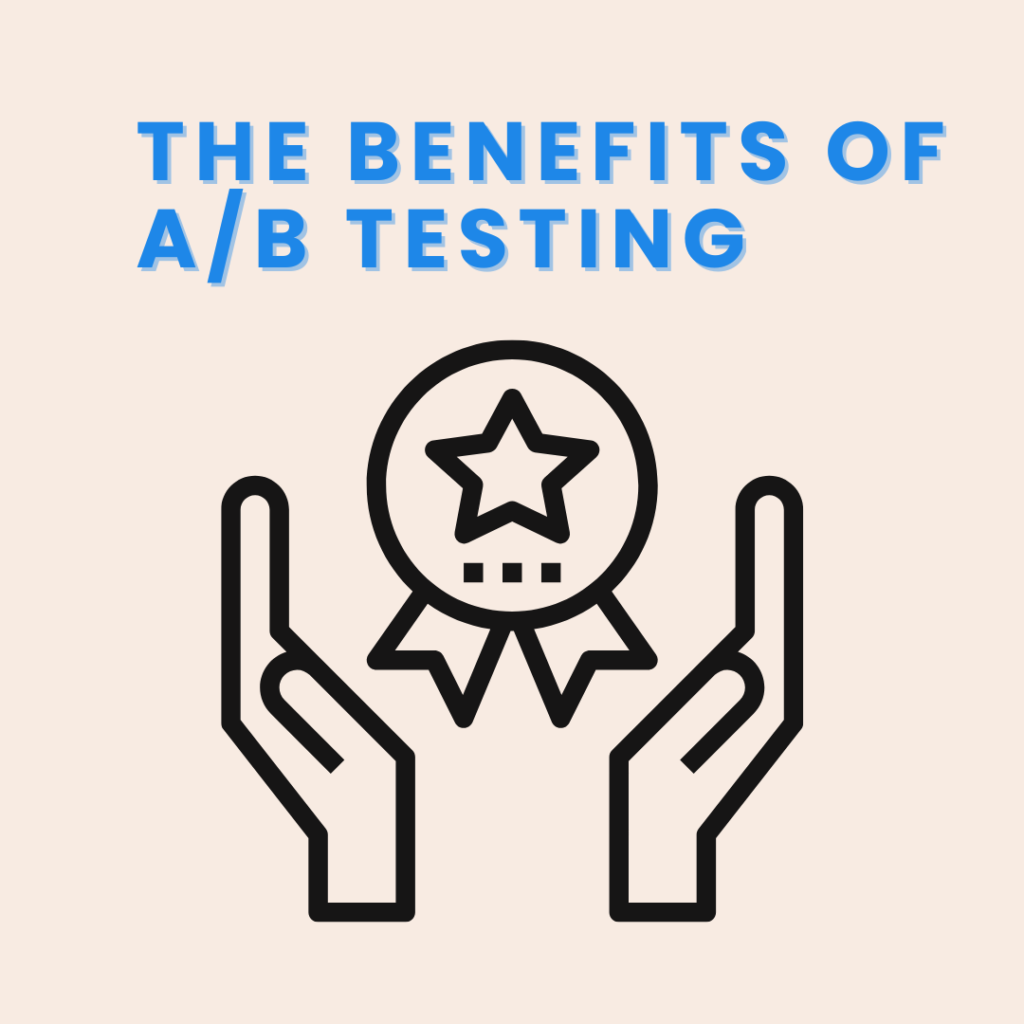
SEO isn’t as simple as some people make it out to be, and a perfect example of this is A/B testing. It’s easy to create new pages, but what happens when those pages aren’t receiving the same amount of traffic as other pages? You can increase your web presence by staying in the know with what search engines are looking for – don’t forget about outliers in SEO A/B testing!

Are you running any SEO A/B tests to improve your website’s search rankings? If not, you’re missing out on one of the best ways to discover what works and what doesn’t in SEO. If you are already running SEO A/B tests, you may want to investigate outliers – those instances when something seems to be working but isn’t and those instances when something doesn’t seem to be working but actually is – because these circumstances can sometimes give rise to a whole new tactic that might work even better than the original one did.
Search engine optimization, or SEO, may seem like an easy task to accomplish with a bit of research and the right tools – and sometimes it can be. However, there are outliers in SEO A/B testing that can make your goals more difficult to reach. Here’s how to work around these outliers so you can finally see an increase in rankings and traffic to your site.
What are outliers

In statistics, an outlier or extreme value is a data point that differs significantly from other values of its type. For example, in descriptive statistics such as means and standard deviations or measures of central tendency and dispersion, outliers are often identified using statistical outliers methods. In theory testing (hypothesis testing), an outlier results when some condition necessary to produce a given statistical result fails to hold true.
It can be either an actual observation or imputed assuming that distribution has a specific form (such as normal). However, sometimes results may simply be due to chance alone.
In descriptive statistics, an outlier may simply be defined as any value that falls outside of an appropriate range of scores. An outlier might also be defined as a score that does not match predictions based on simple probability models.
The benefits of A/B testing

The goal of SEO is to attract visitors and users to a website and keep them there. A/B testing can help you identify and solve problems that are preventing your site from doing so. For example, if your bounce rate for a page is 80 percent, that means that about 80 percent of users leave after viewing just one page (or not even viewing anything at all). But why? With one test in place, you’re able to gain insight into what might be causing people to leave without taking action.
Once you’ve identified a problem, use that information to solve it. If you find that your users don’t spend enough time on your site before bouncing, improve your search-engine optimization or create content they are more likely to engage with. Then, test whether the problem has been fixed and whether your bounce rate decreased as a result.
If you used an experiment to figure out what exactly was preventing people from staying on your page and saw their bounce rate decrease after making changes, you know those changes worked. And if their bounce rate didn’t change or even increased? Make another round of changes in hopes of finding something better!
Types of AB testing
There are two main types of AB testing that you’ll want to do. The first, multivariate AB testing, will allow you to test a number of different factors at once in order to see how they impact your overall rankings.

These kinds of tests are great for people who are looking for more than just a few small tweaks; if you’re redesigning your website from scratch or going through an entirely new campaign, multivariate tests will help you analyze every aspect at once so that you can improve each one. This kind of testing is good for companies with money and time to burn. On the other hand, single-variable AB testing is much faster and easier—and it works best when trying out smaller changes.
With multivariate tests, you’ll want to look at as many variables as possible to find out what works and what doesn’t. The easiest way to do that is by picking one element at a time and comparing your original website to multiple variations on it.
For example, if you’re looking for ways to improve conversion rates from one page of your site, you might test different headlines or images or designs, changing them just slightly in order to determine which elements get more responses. This kind of AB testing usually takes place over a longer period of time—anywhere from one month all the way up to six months or more—but it can be well worth it for serious sites looking for major changes.
Examples of AB testing

Many marketers believe in split testing their website because it helps them to understand what their audience responds best to. The most common way of doing this is through search engine optimization (SEO).
When you want to get ahead and stay ahead, you should be constantly working on how to improve your site’s performance. One way that you can achieve higher rankings is by using Google’s keyword tool. This provides information on how well a particular phrase has been searched in recent times, thereby giving you an indication of how valuable it will be to put on your page as part of a long term plan.
There are also a number of tools that allow you to carry out AB testing from your office or home, which means you don’t have to travel around and visit stores. This means that you can do multiple tests in one day, each providing new insights into what will be most effective for your particular audience.
Split testing simply allows for greater insight into how different strategies will lead to success and helps you find better ways of doing things. You need to identify outliers – numbers that deviate from a central tendency or pattern – if you want to make sure that your results are accurate. That’s why it’s important to ensure there is a balance between how many participants are used in a study and how much data they produce.
How to perform an AB test
Depending on what kinds of search ranking factors your company cares most about (local vs. national searches, PPC, direct traffic, etc.) there are a lot of variables you may be able to adjust in order to see better SEO results. Whether or not you should use an AB test for some of those variables will depend on how much data you’re working with.

Do you have enough traffic coming from specific keywords or channels to make meaningful conclusions? In some cases, it won’t make sense to A/B test every last factor because you need too much data before something significant happens.
However, if you do decide to go through with it, you want to be careful how you do your testing. The last thing you want to do when testing your site’s SEO is tip off search engines that something weird is going on.
If they notice an increase in traffic, they may look closer at your site and penalize it for unnatural backlink practices, keyword stuffing, or other things. To keep them from noticing a significant change in traffic, test one change at a time so you can compare apples to apples between each iteration of the test.
Tips and guidelines for achieving optimal results from your AB tests
AB testing, also known as split testing, is an essential part of digital marketing. It helps you determine which versions of a given page are most likely to drive conversions and ultimately increase revenue. There are two common types of AB testing—manual (which you can conduct on your own) and automated (which utilize tools such as Google Optimize).

Each form has its pros and cons, but here’s how they work: Using manual AB tests, a single variable is changed at a time; meanwhile with automated tests, several variations are run against each other at once. You can select one winner after manually reviewing all results or select automatically by running a sophisticated analysis to find your best version(s) within hours rather than days.
To create effective AB tests, follow these three steps:
1). Define your goals
2). Determine your baseline
3). Select and analyze winning test results As you can see
There’s a lot to consider when it comes to split-testing your website; fortunately, though, if you follow these tips and guidelines for achieving optimal results from your AB tests, it won’t be long before you get up to speed on how AB testing works – enabling you to start testing quickly and easily without worry!